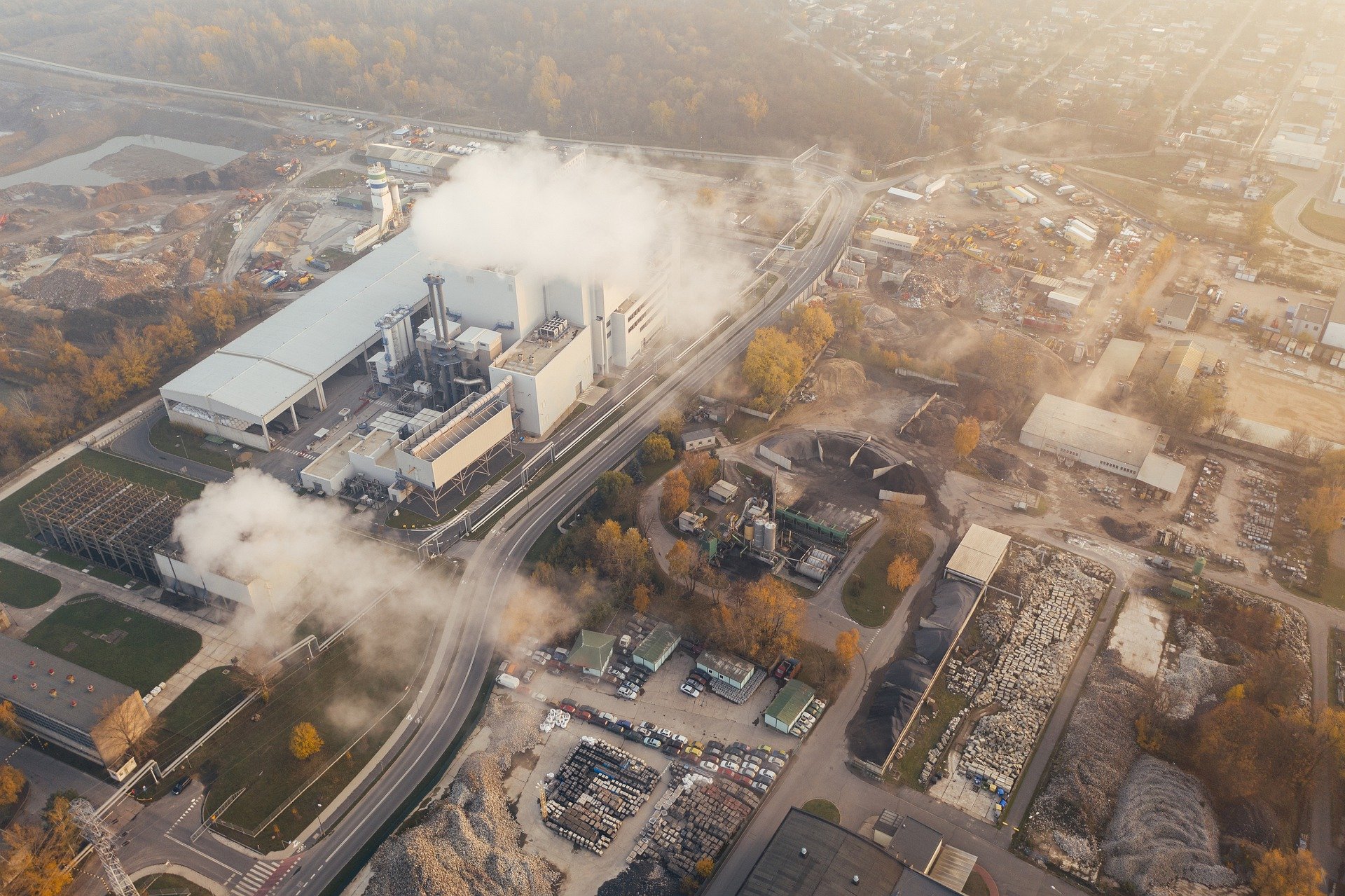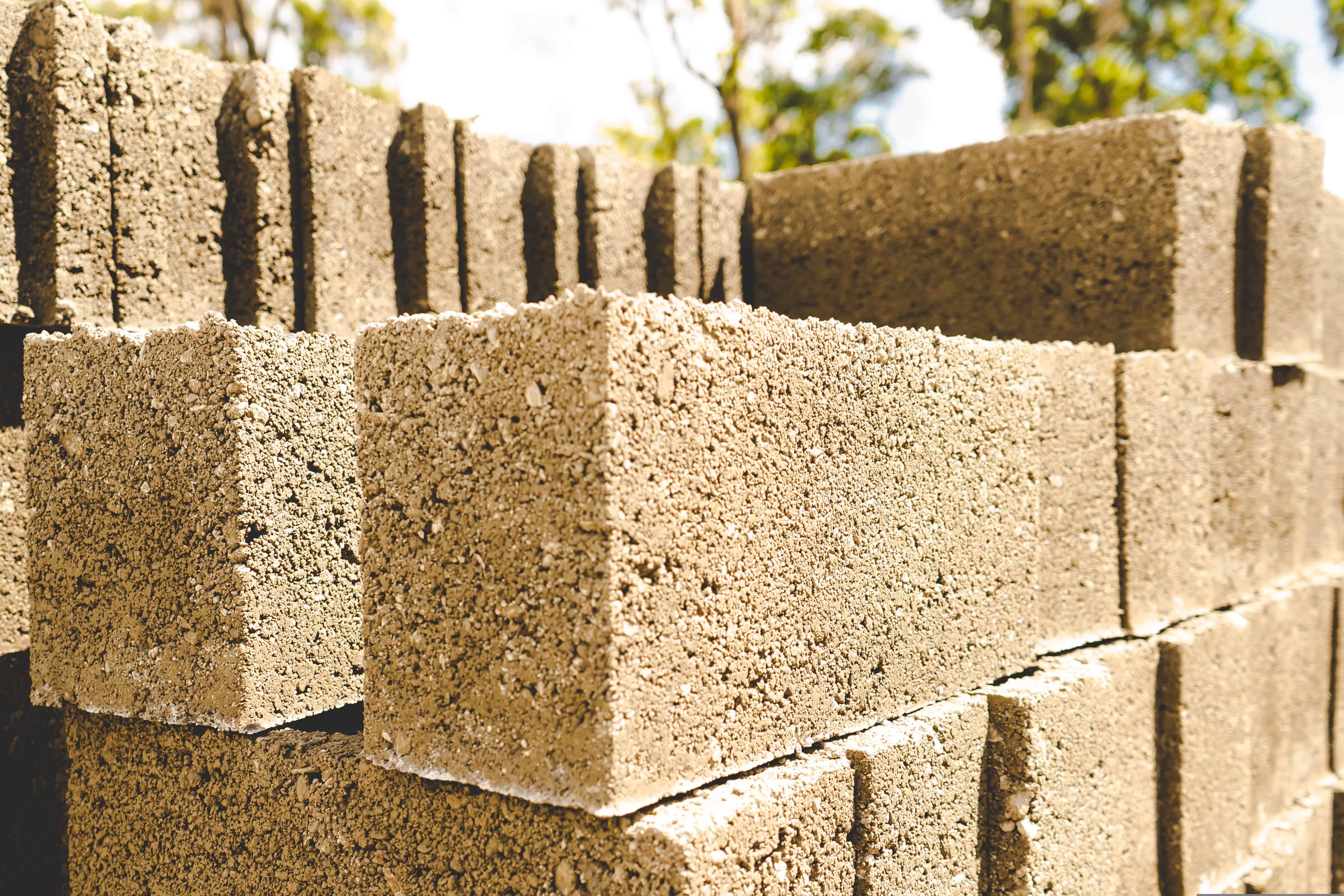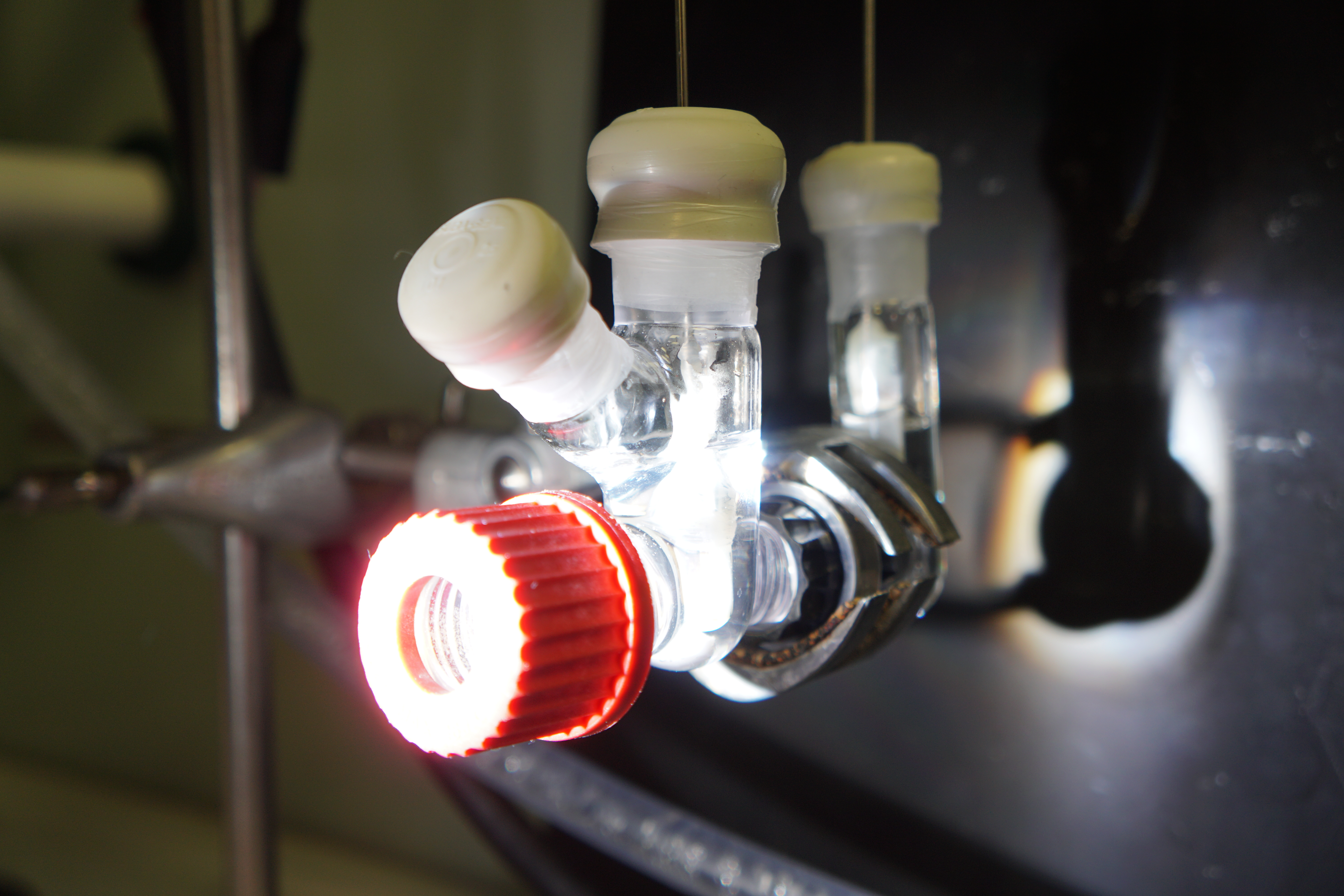
Enzymes’ ability to increase the rate of chemical reactions is becoming an important weapon in the fight against rising temperatures in the world. Researchers at DTU, in collaboration with the EPFL – École Polytechnique Fedérale de Lausanne, Switzerland and Technion – Israel Institute of Technology, will identify enzymes with the potential of being engineered to be a thousand times more efficient than other enzymes for the reduction of CO2 directly from the air. When the enzymes are supplied with power in the form of an electron supply, a process is set in motion that can be used to produce chemicals and fuel such as methanol.
“The sustainability dimension is twofold because we both capture and convert the CO2 directly into other products. But it requires the presence of an electron donor such as a chemical reducing agent or electricity produced by wind turbines, which supplies the enzymes with electrons that trigger the conversion of CO2,” says Professor Anne Meyer from DTU Bioengineering.
The experiments to find effective enzymes are performed at DTU by postdoc Liliana Calzadiaz-Ramirez. The first step in the process is to select and test different microbial formate dehydrogenase enzymes, FDH enzymes, which have shown great potential for converting CO2, writes the Technical University of Denmark (DTU) in a press release.
Thousands of genes are examined
The selection of the genes from the FDH enzymes is a comprehensive task. The researchers therefore use special, engineered E. coli strains as screening platforms to test the properties of different enzymes, and to investigate the effect of small changes in their genetic codes. Based on this principle, thousands of enzyme genes can be examined quite fast.
To obtain highly efficient FDH enzymes, engineered gene variants are selected according to whether they create growth in the engineered E. coli strains, when they are introduced into an environment where CO2 is the only carbon source. In this way, researchers are able to test millions of genes and identify the gene sequences that could make the FDH enzymes more efficient at converting CO2. Results from tests with manipulated enzymes are then collected in a large enzyme library.
“The formate dehydrogenase enzymes are particularly good for bridging physico-chemical and biological processes. In nature, these enzymatic processes are either inefficient or limited to organisms that are difficult to grow. By identifying the genes responsible for the process, we can produce tailor-made, synthetic channels, thereby streamlining and utilizing the enzymes for chemical processes,” explains Liliana Calzadiaz-Ramirez.
International cooperation
The next step in the research will be to further investigate the performance of the 10 best enzymes using a bioelectro-catalytic system that can measure how efficient the enzymes are at converting CO2 based on the direct transfer of electrons from an electrode to the enzyme. This part of the project is carried out by Liliana Calzadiaz-Ramirez during a research stay at a specialist laboratory at EPFL and will later be supplemented with experiments at Technion – Israel Institute of Technology. Here, Liliana Calzadiaz-Ramirez will examine the rate of the chemical reactions and characterize the robustness of the best-constructed FDH variants.
The two-year research project, CO2 FDH-21, is expected to form the basis for a multidisciplinary strategy for the use of FDH enzymes to reduce CO2 in larger production facilities.
Also interesting: Capture carbon to stay mobile
Selected for you!
Innovation Origins is the European platform for innovation news. In addition to the many reports from our own editors in 15 European countries, we select the most important press releases from reliable sources. This way you can stay up to date on what is happening in the world of innovation. Are you or do you know an organization that should not be missing from our list of selected sources? Then report to our editorial team.






